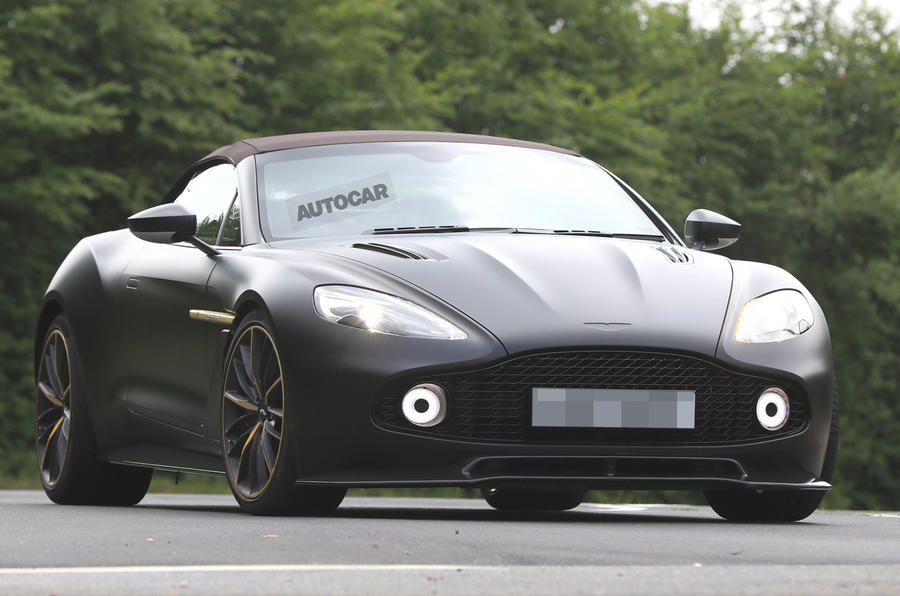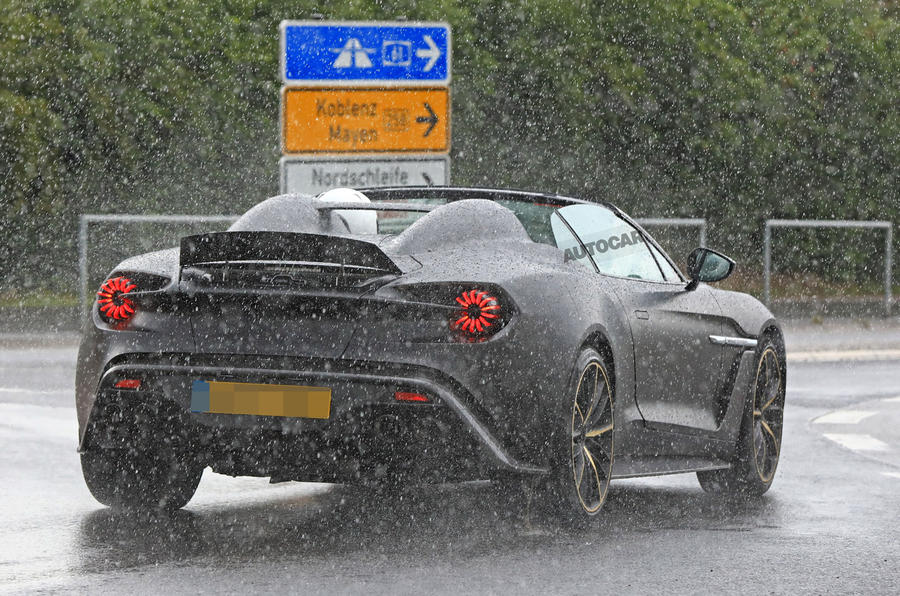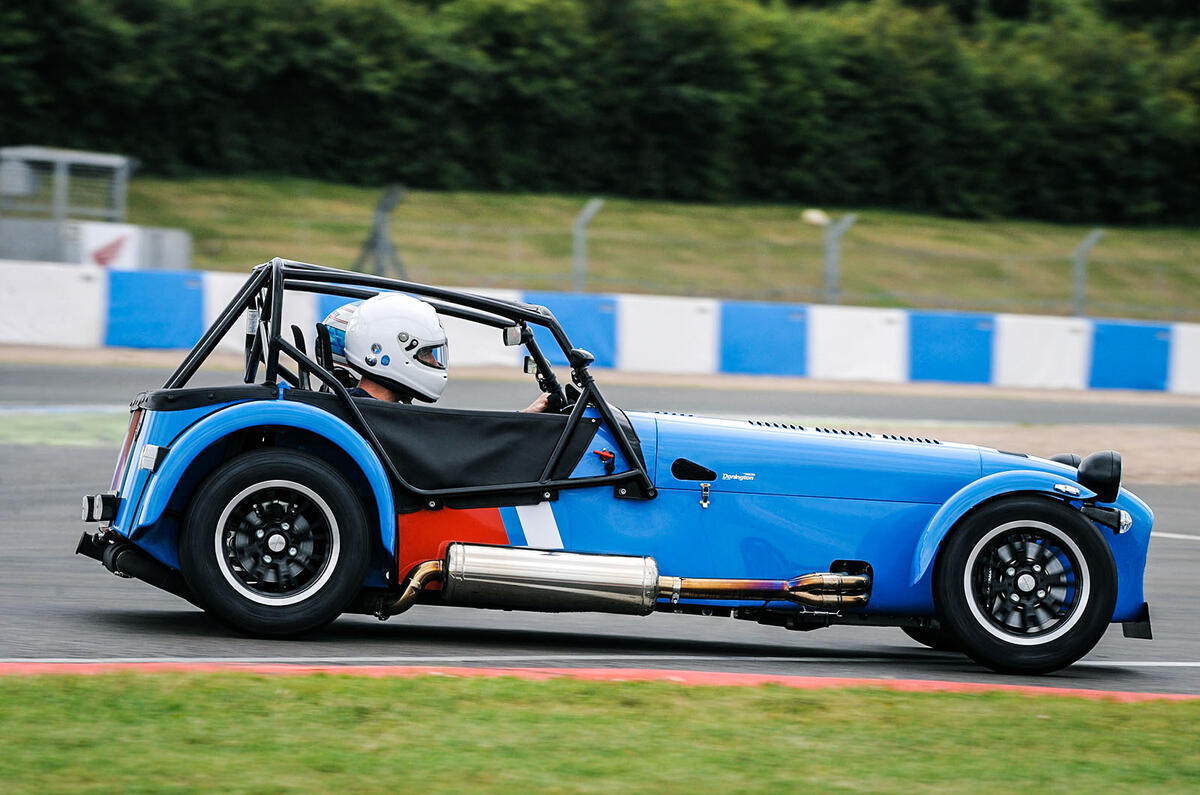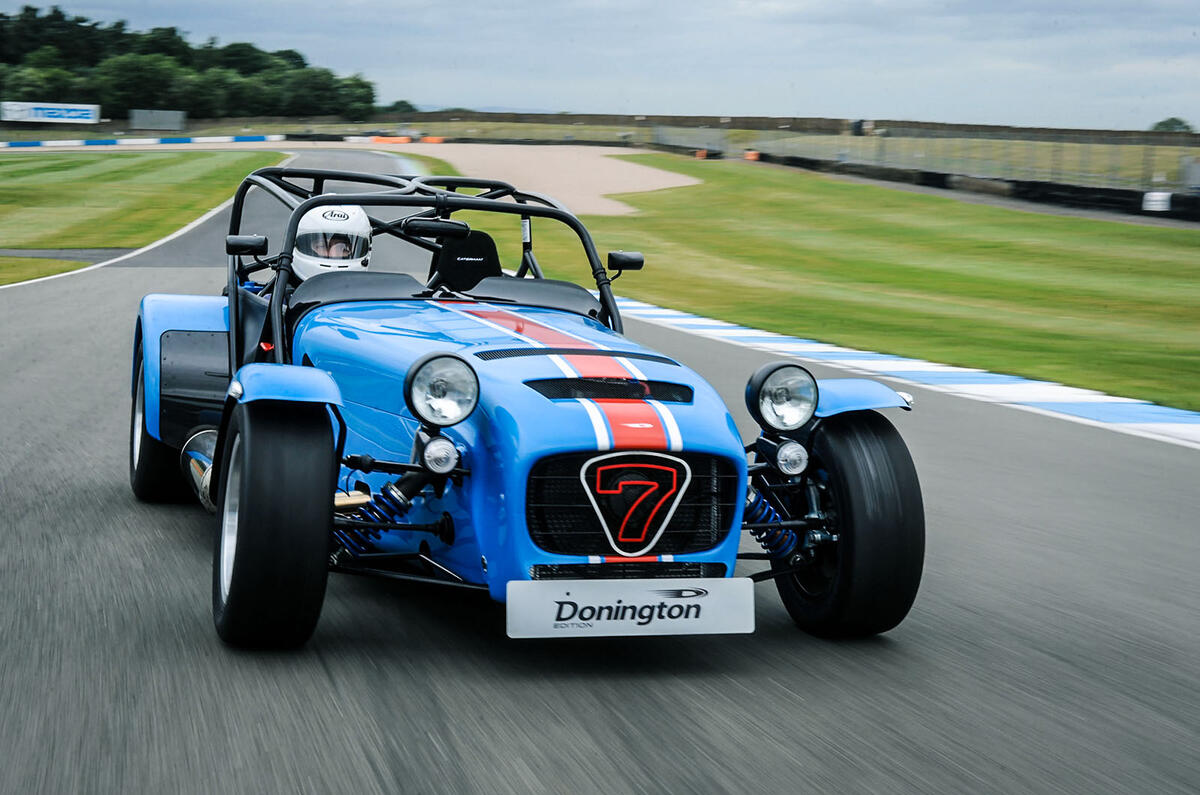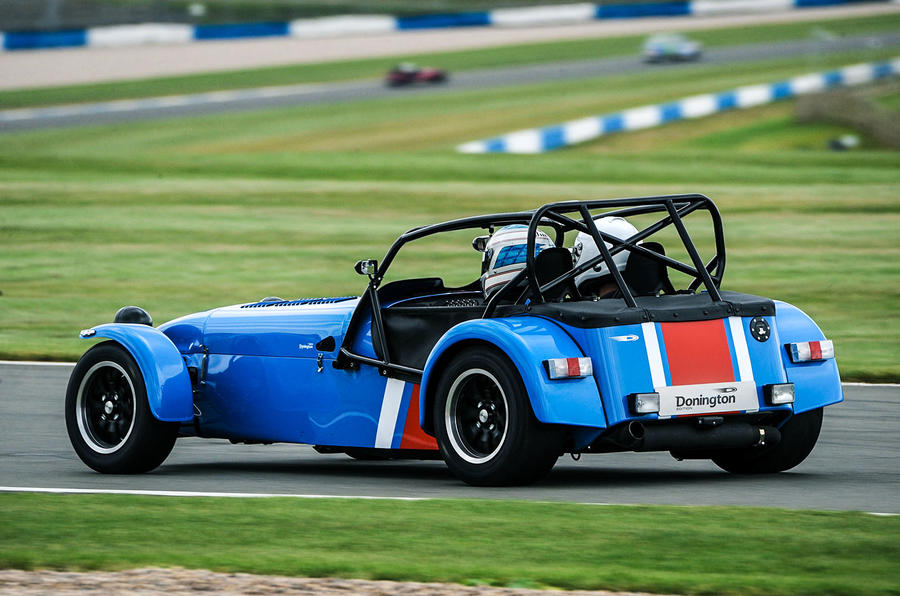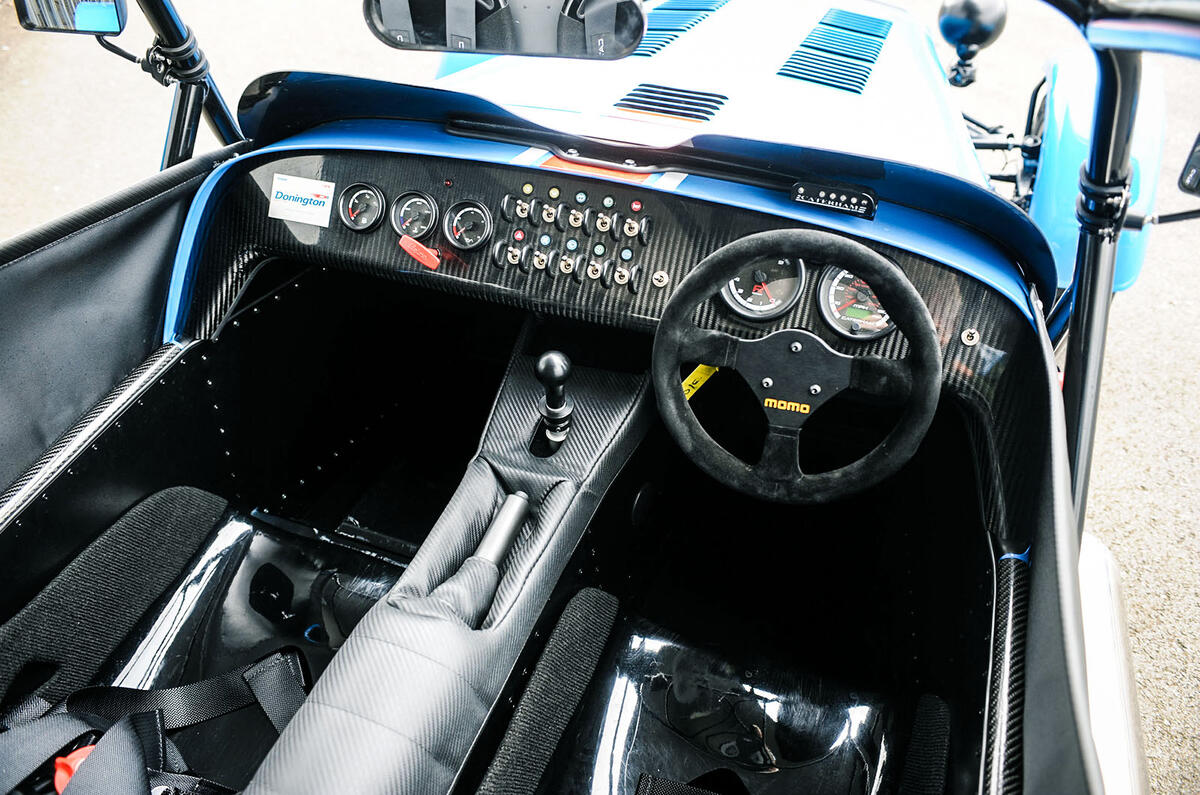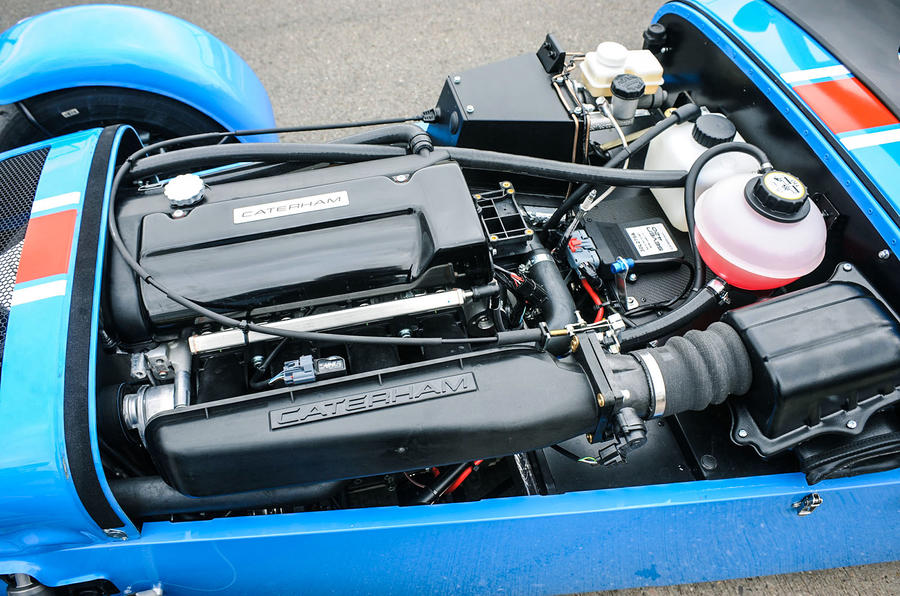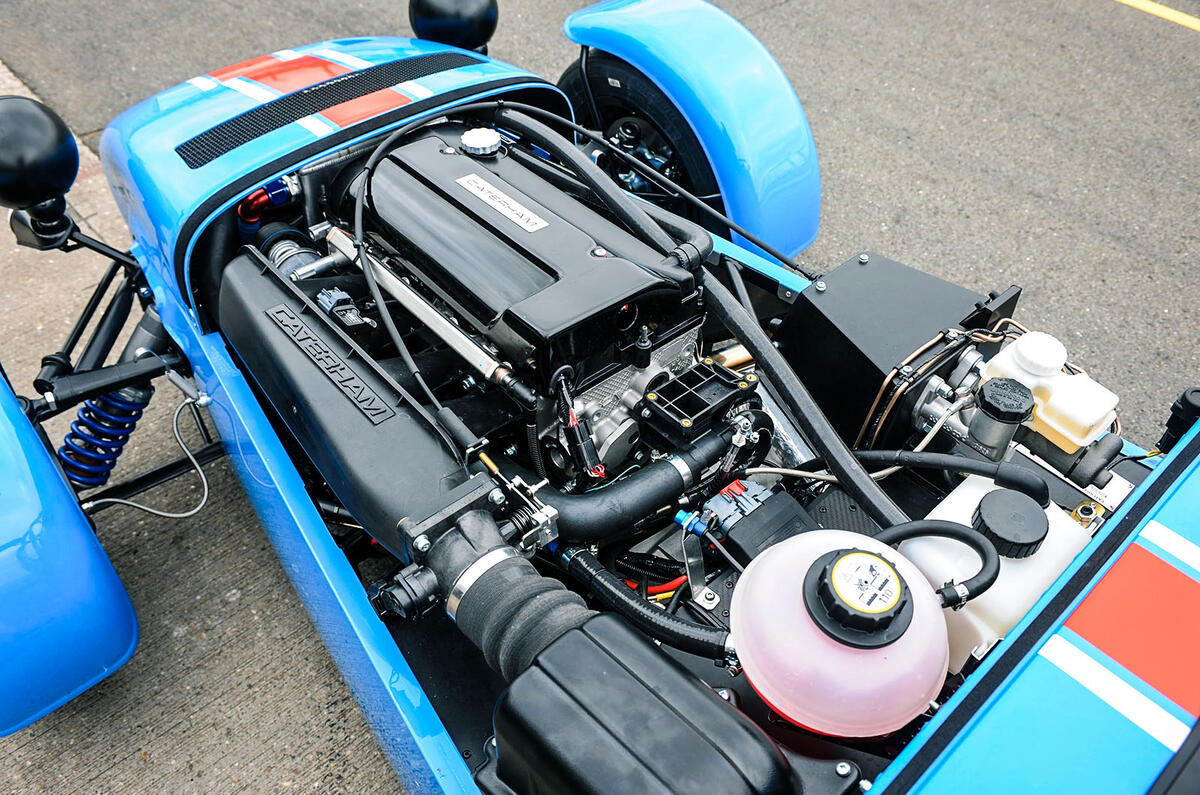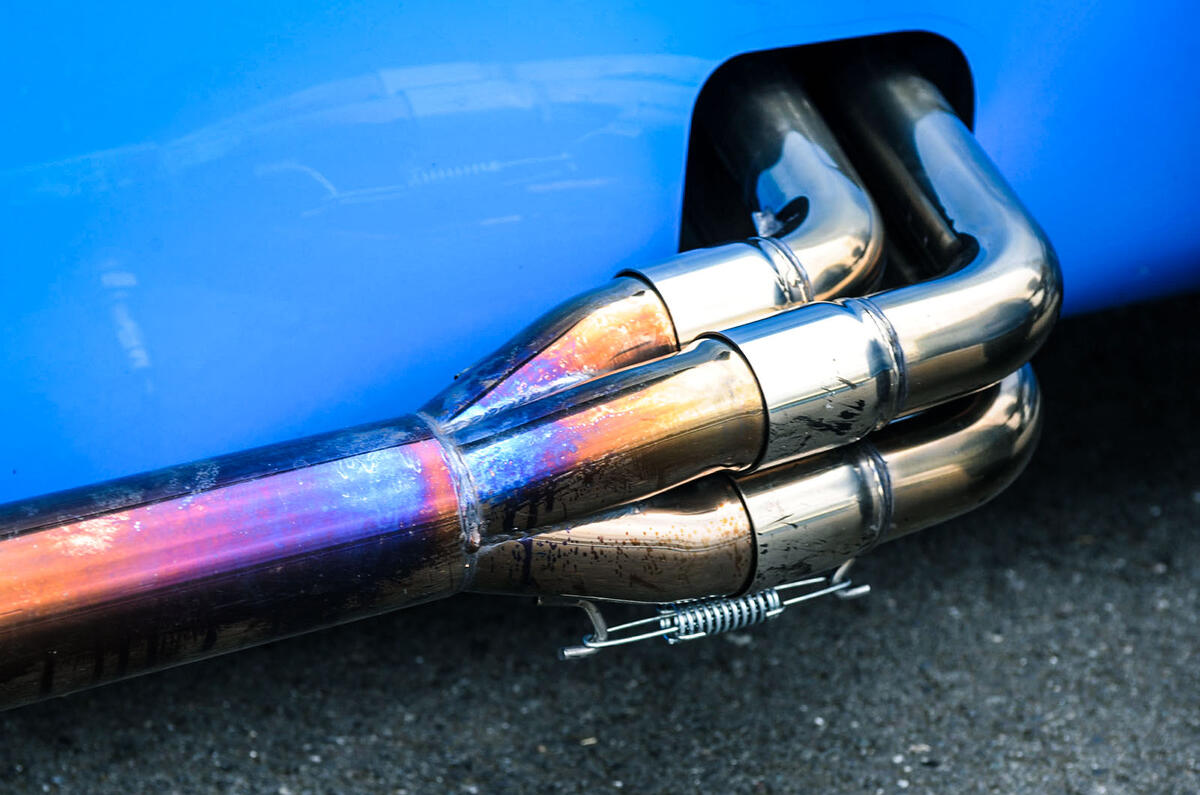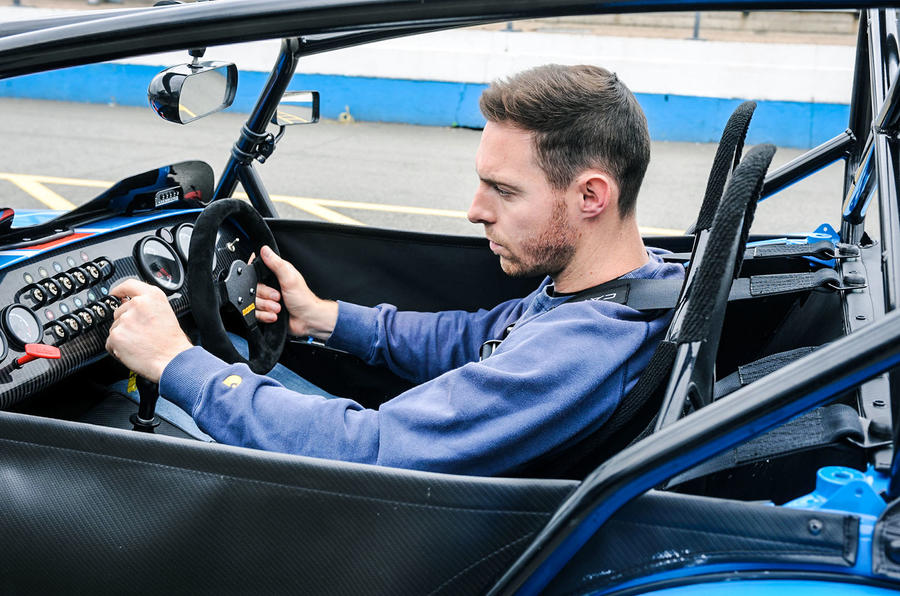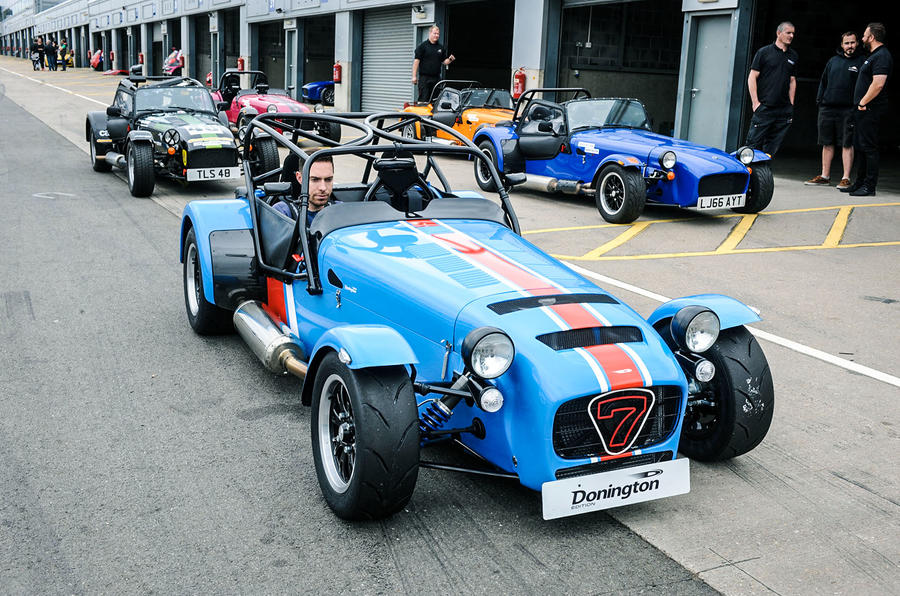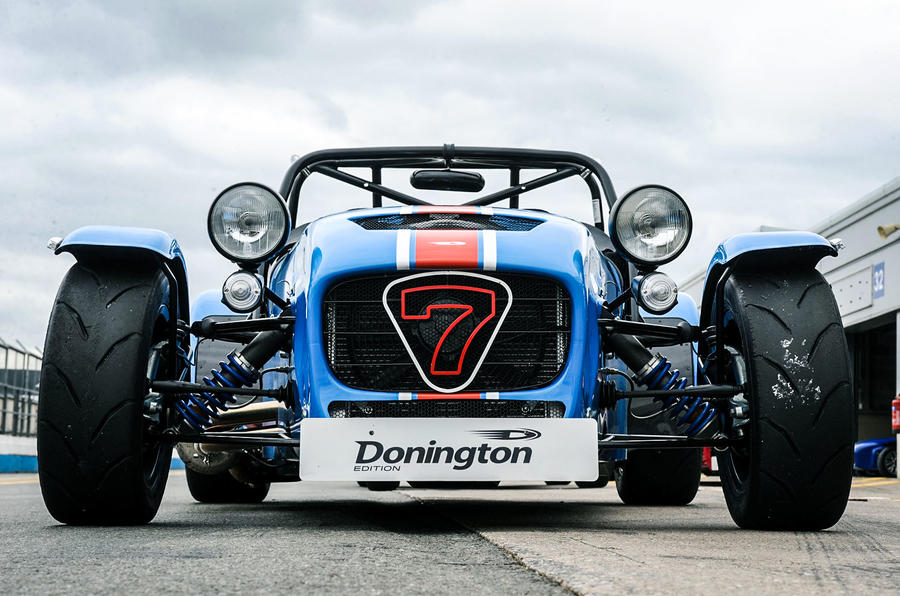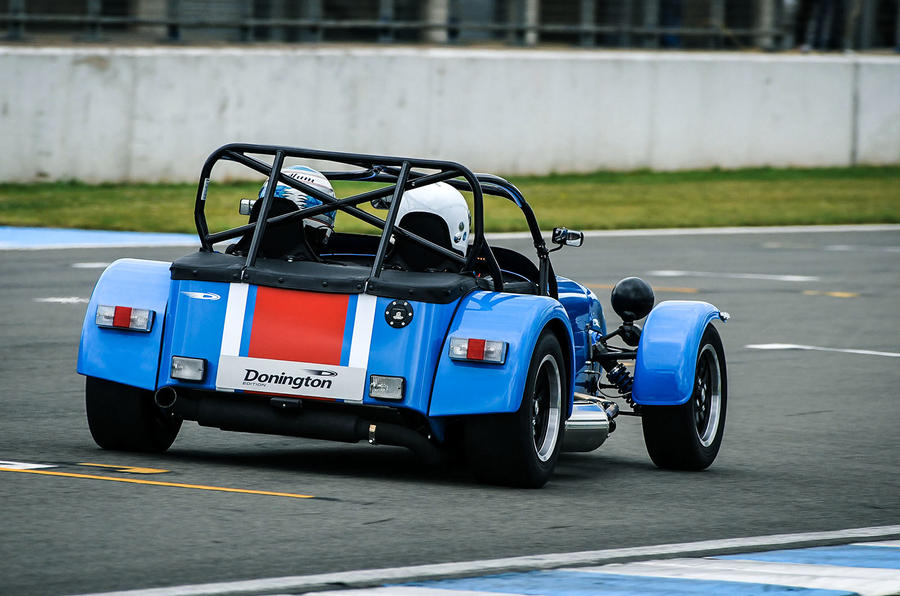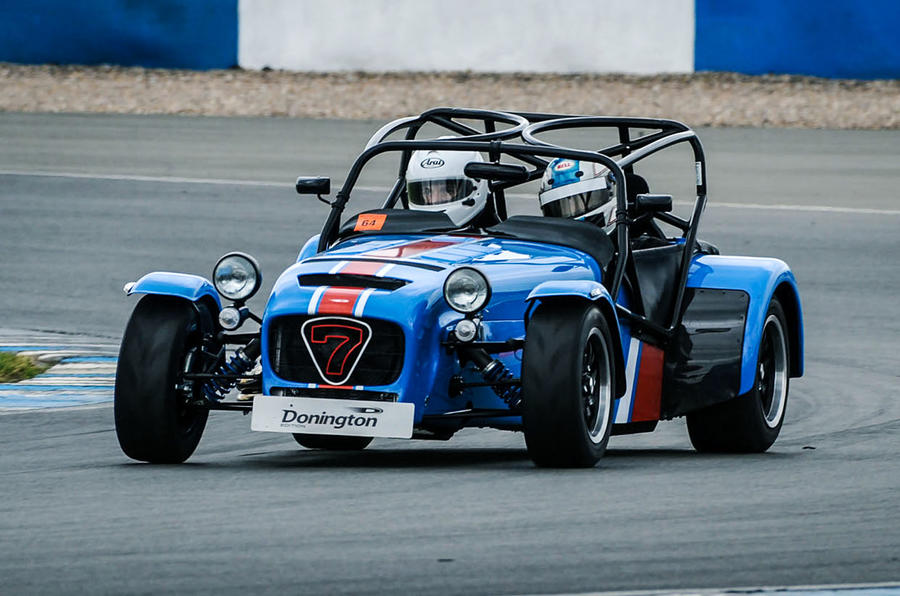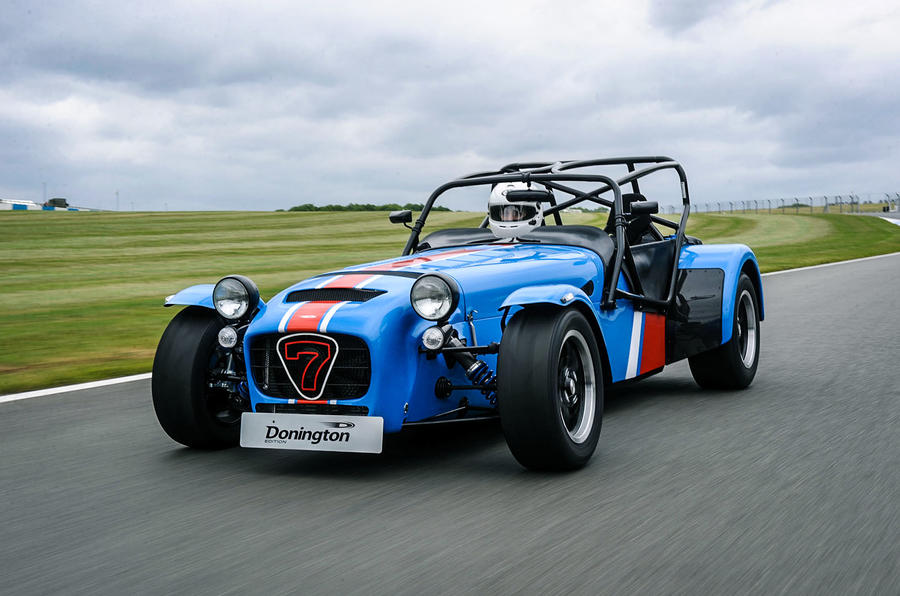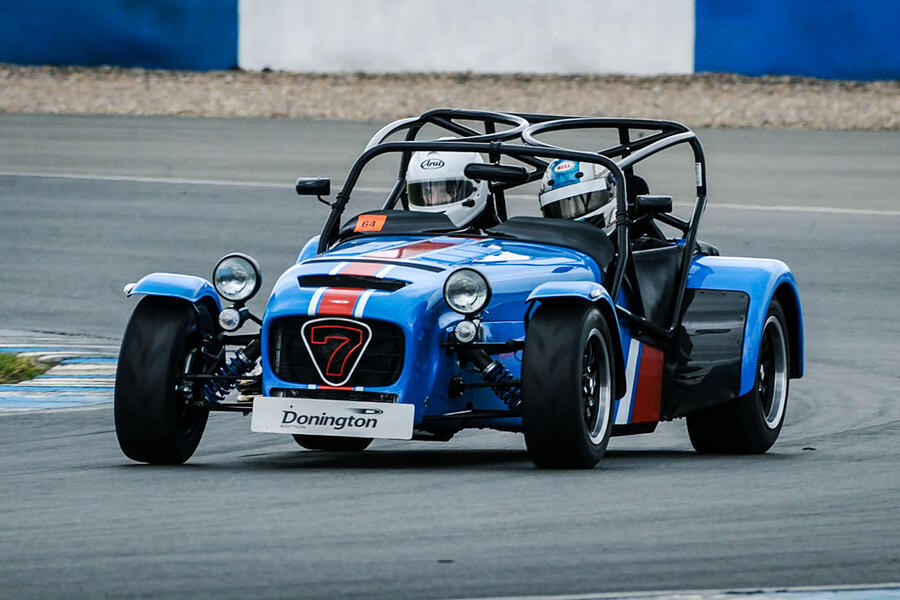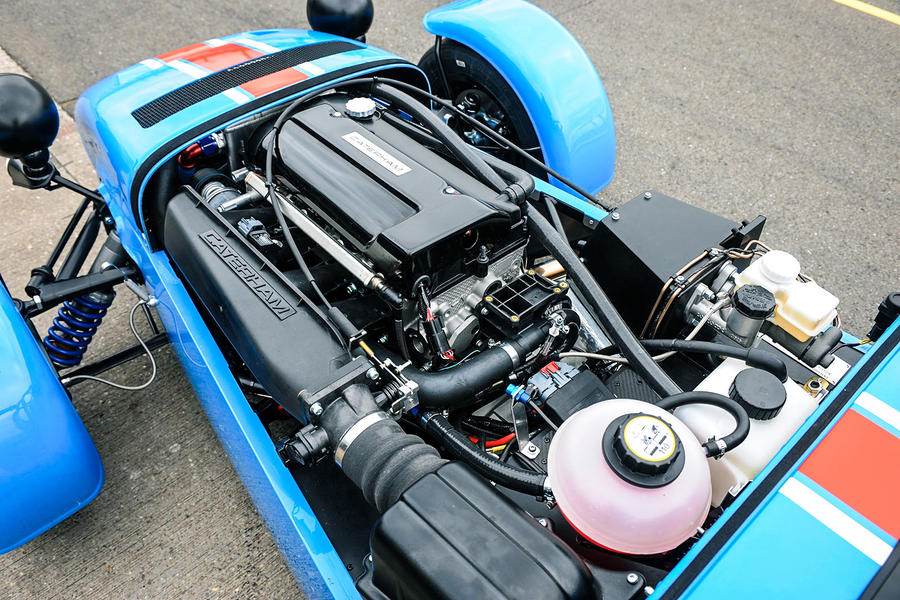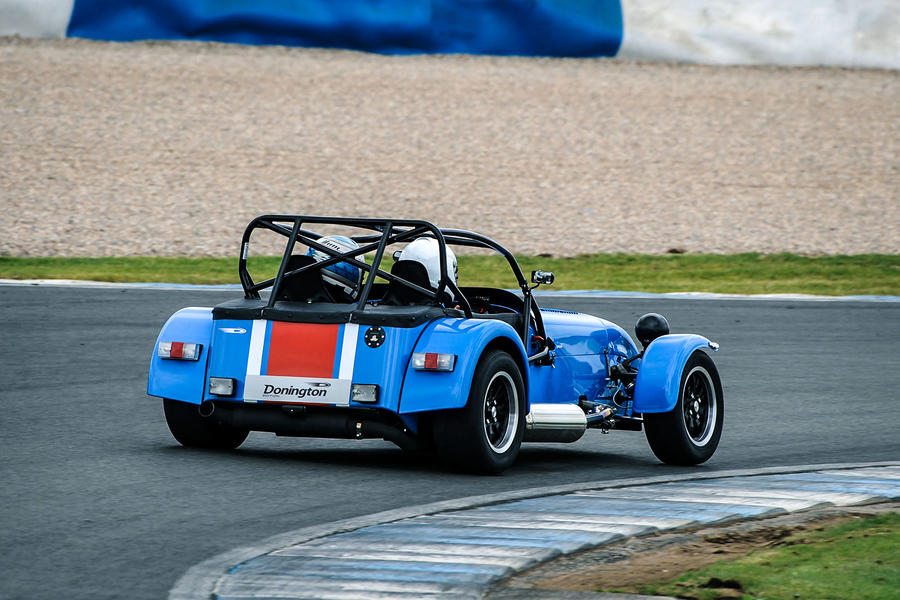The crossover-SUV scene may be erupting like ancient Mount Toba, threatening to snuff out myriad car species and altering the gene pools of some of the world’s most storied auto brands, including Bentley and Alfa Romeo. But that doesn’t mean performance will die off in a global cataclysm of porky soft-roaders. In fact, the sheer size of many crossovers affords them the space to package an armory of go-fast parts, and the 2017 BMW X5 M employs nearly all of them to be one of the nuttiest of the breed.
Spawned alongside the mechanically identical but less practical X6 M “four-door coupe,” this 5303-pound dreadnought has changed little since the second-generation model debuted for 2015. Its hot-vee 4.4-liter V-8 still nestles a pair of twin-scroll turbochargers between its cylinder banks, pumping out a heady 567 horses at 6500 rpm and 553 lb-ft of torque at just 2200. An M-tuned eight-speed automatic transmission continues to send power to an all-wheel-drive system capable of routing up to 100 percent of the thrust to either axle, with a torque-vectoring rear differential further metering the power between the rear wheels to quell understeer and sharpen handling.
A Genetic Anomaly
In essence, this volcanic people mover is everything that M cars traditionally have not been, even though BMW has fully embraced the turbocharged-automatic-AWD formula for the upcoming 2018 M5 supersedan. New for 2017: BMW’s iDrive interface now runs version 5.0 software and can be accessed via a touchscreen as well as the central control knob; the $4700 Executive package (adaptive LED headlights with automatic high-beams, soft-closing doors, a head-up display, a heated steering wheel, ventilated front seats, heated outboard rear seats, and concierge services) adds wireless device charging and a Wi-Fi hotspot; and buyers can now opt for BMW Individual’s metallic paint and special leather treatments.
Although its hunchback X6 counterpart is marginally quicker and grippier, the X5 M remains a genetic marker for when SUV evolution went full guano. Despite its tonnage and 192.7-inch length, this anabolic crossover has the moves to keep pace with BMW’s M3 sports sedan in nearly every dynamic measure: zero to 60 mph in 3.8 seconds, a 12.2-second quarter-mile run at 114 mph, a 153-foot stop from 70 mph, and 0.98 g of stick on our 300-foot skidpad. In our testing of its kind, only the Bentley Bentayga and the Tesla Model X P90D are quicker, and neither can approach the grip and rabid cornering ability of the BMW.
And it can drift. We don’t condone it on public roads, but load up the X5 M in a corner with its stability control deactivated and you can overpower the monstrous rear Michelin Pilot Super Sports (325/30ZR-21s with still massive 285/35ZR-21s in front) into a pronounced powerslide. The composure of your rear-seat passengers may vary.
Techno Overload
Driving the X5 M hard is not so much rewarding as it is hilarious to thumb your nose at the laws of physics. Here’s a 67.6-inch-tall shopping cart that can accommodate five people and 36 cubic feet of luggage yet can effortlessly storm down a twisty two-lane like a pyroclastic cloud. As with many modern BMWs, however, that performance comes with little satisfaction. The hefty and highly precise steering is short on the satisfying road feedback we’d like from a car this capable. Despite the V-8’s empowering gusto and willingness to peg its 7000-rpm redline, the synthesized thrum it emits is more eight-bit video game than $100K performance machine. And making sense of the dizzying array of vehicle-system adjustments can muddle the act of simply enjoying the X5 M on the road: Along with three increasingly aggressive settings for the gearbox in both its automatic and paddle-shifted manual modes, there are Comfort, Sport, and Sport+ setups for the steering weight, engine power, and adaptive-damper firmness. The two additional wheel-mounted M preset buttons that allow for saving your favorite blend of all these settings are helpful, but it’s still a bit overwhelming.
All of those tuning controls on the center console clutter an already busy interior layout awash with too many materials and finishes, albeit very nice ones. This X5 also features BMW M’s unintuitive stub of a shift lever that natural selection has yet to suppress; with no true detent or button for park, it’s best to treat it as a manual transmission and always use the electronic parking brake located on the console before exiting the vehicle. Other niggles include how difficult it is to find a comfortable driving position, despite the supportiveness and 18-way power adjustability of the front seats. And even with the standard, self-leveling rear air suspension, ride quality with the standard 21-inch wheels can be excessively stiff for something this posh. We’ve yet to sample either M SUV on the available 20-inchers and thicker-profile tires (a no-cost option), which might take some of the edge off this overly starched ride. That and the BMW’s high-strung demeanor let the latest Mercedes-AMG GLE63 S coupe beat the X6 M in a recent two-way comparison test.
This is normally where we’d chastise the fire-breathing brute for rapidly depleting the world’s oil reserves, which the X5 M will happily do with minimal prodding. But given its 14/19-mpg city/highway ratings, the 16 mpg we saw overall and the 20 mpg it returned on our 75-mph highway test are acceptable for a 2.5-ton rig with this much power.
The Cost of Evolution
Aside from our test car’s electric Long Beach Blue Metallic paint—which, along with the big wheels, gave it the bling of a prop fit for the set of Narcos—the X5 M exhibits the clean, understated look that its funkier sibling lacks. The flared, monochromatic bodywork is just racy enough for the hunkered-down stance and steamroller rubber yet won’t draw confounded stares from passersby. While it can’t match the curbside wattage of a $231,825 Bentayga, its aura is unmistakably rich, with tasteful blue ambient lighting inside, supple leather hides, and the feeling of spinning up a Learjet whenever you finger the start button. Six figures may be steep, but the BMW’s performance, fit and finish, and general attitude rarely have you questioning its $101,695 starting price.
The X5 M’s list of standard features encompasses most of the SUV genome, with our $111,195 example also including the aforementioned Executive package, plus $2300 for night vision with pedestrian detection, a $1700 Driver Assistance Plus package (blind-spot detection, lane-departure warning, automated emergency braking, rear cross-traffic alert, and a 360-degree camera setup), a $500 parking-assist system, and $300 for Apple CarPlay connectivity.
Purists still will find the X5 M less than ideal—this BMW’s performance is impressive more in the context of its utility-vehicle core than it stems from actual engagement behind the wheel—but the crossover apocalypse does seem less threatening with this vehicle around. A next-gen X5 M on the horizon (which we’ve already spied testing near the Nürburgring) and soon-to-be-updated competitors from Jeep, Mercedes-AMG, and Porsche ensure that this mutant branch of the SUV family tree will only grow stronger.




